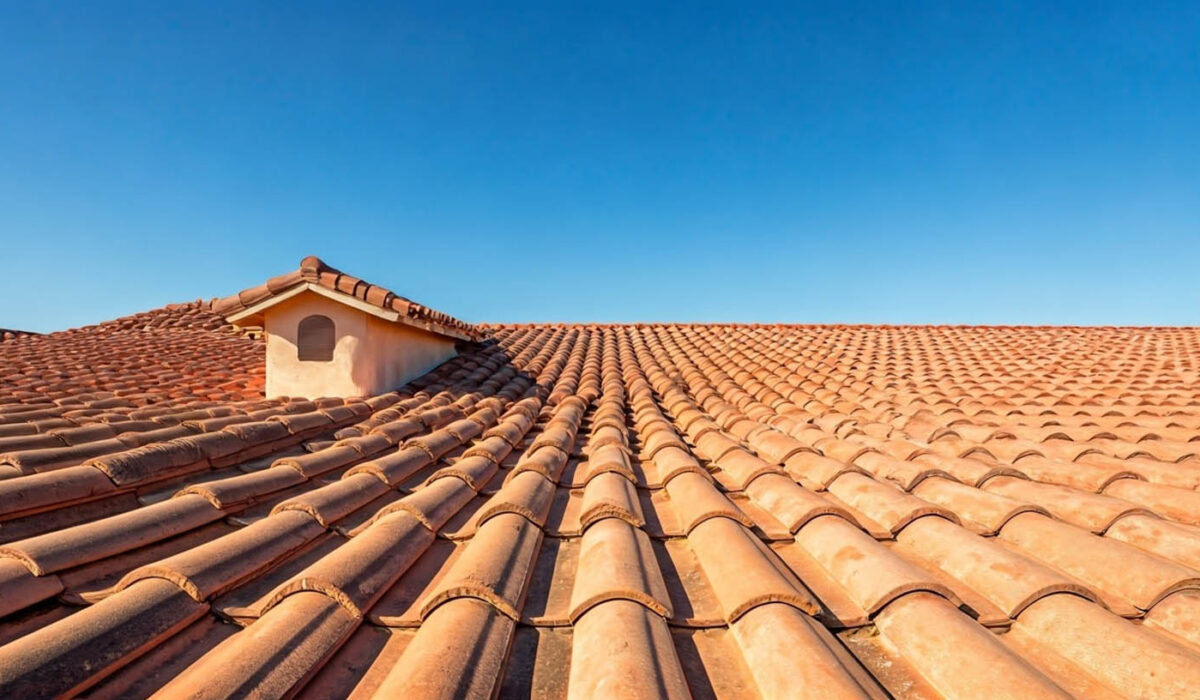Tile roofs are a popular choice for homeowners in San Diego, CA due to their durability and longevity. Understanding the lifespan of your tile roof is crucial for proper maintenance and upkeep. Factors like weather conditions and installation techniques play a significant role in determining how long your roof will last. In this article, we delve into the various aspects influencing the longevity of tile roofs, offering insights to help you protect your investment and ensure peace of mind.
Understanding Tile Roof Longevity
Tile roofs are designed to last a long time. They often last longer than other roofing types, like asphalt shingles. But, many things affect how long they will really last.
The type of tile used, the weather conditions, how well it is installed, and how it is cared for all matter a lot. By knowing these factors, homeowners can make better choices to help their tile roof last as long as possible.
Factors Influencing the Durability of Tile Roofs
The durability of a tile roof depends on several factors that work together to determine how long it lasts.
First, the type of tile you choose matters a lot. Clay tiles are very strong and can last longer than concrete tiles. Although concrete tiles are also durable, they can wear out more easily with bad weather.
Second, the weather conditions affect the roof’s lifespan. Areas with extreme temperatures, heavy rain, or hail can increase damage to tile roofs.
Finally, proper installation is very important. A tile roof installed the right way, following industry standards and using good materials, will last longer. On the other hand, a poorly installed roof can have problems and wear out faster.
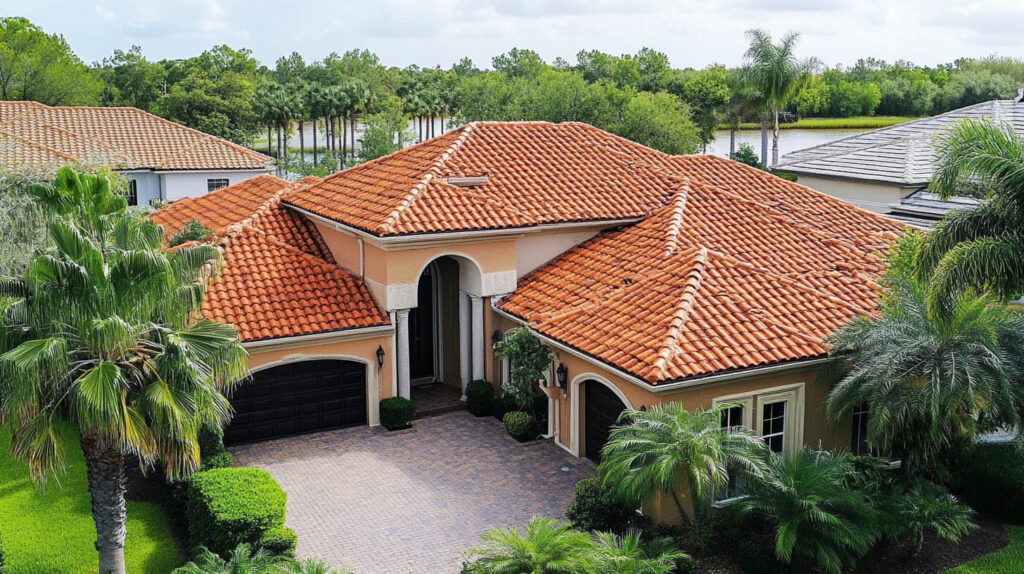
Comparison of Clay, Concrete, and Slate Tile Roofs
Among the popular roofing materials, clay, concrete, and slate tile roofs offer varying degrees of durability. Clay tile roofs provide a classic look and can last up to 100 years with proper installation and maintenance. Concrete tile roofs are a cost-effective choice, lasting around 50 years. Slate tile roofs are renowned for their elegance and longevity, often lasting over 100 years. Each type has its unique characteristics, making them suitable for different preferences and budgets.
The Role of Installation Techniques on Tile Roof Lifespan
The lifespan of your tile roof greatly relies on how well it is installed. Good installation methods are key to making sure the roof works as it should and can resist weather conditions.
Experienced roofers know the details of tile roofing. They make sure the underlayment is installed correctly, place the tiles properly, secure them well, and provide tight flashing details.
Importance of Professional Installation
Professional roofers have the skills to install your tile roof according to high industry standards. This helps to improve its lifespan and performance.
Good installation is not just about putting tiles down. It needs a deep knowledge of roof structure, ventilation needs, and weatherproofing methods. Experienced roofers know about local building codes and manufacturer rules. They make sure everything is done right.
When you trust professionals with your tile roof installation, you invest in roof longevity. This can reduce future problems and increase your investment’s value.
How Certification Affects Installation Quality
Choosing certified roofing contractors gives you peace of mind. Their qualifications show they follow industry standards and use proper installation techniques.
Certifications from respected organizations, like GAF Master Elite Contractor or Owens Corning Preferred Contractor, prove that a contractor is dedicated to ongoing training. They also show that the contractor follows best practices and uses good materials.
These certifications indicate that the contractor is committed to delivering high-quality installations. This helps homeowners feel confident in their choice.
Contact Us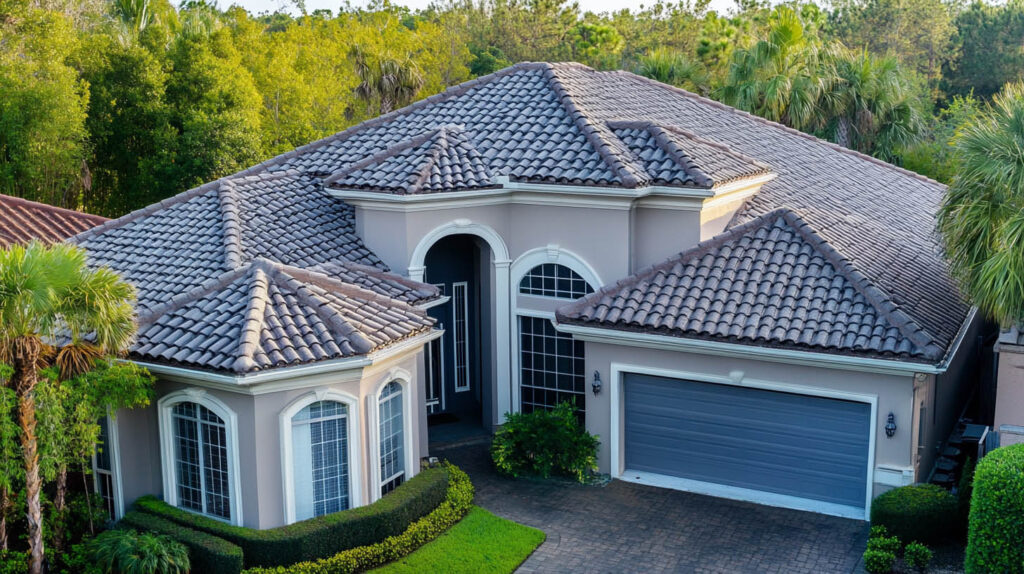
Maintenance Tips for Extending Tile Roof Life
Taking care of your tile roof properly can help it last longer. This keeps it looking good and working well for a long time. Regular maintenance can stop small problems from turning into expensive repairs later.
Simple tasks, like regular checks, cleaning, and quickly fixing issues, can greatly help extend your roof’s lifespan and keep big problems away.
Routine Maintenance Practices
Doing regular maintenance on a tile roof helps homeowners spot and fix problems before they get worse. This can also help the roof last longer.
Regular maintenance includes:
- Annual inspections: Check your roof each year, preferably after winter or big storms. This helps find any damaged tiles, loose flashing, or debris.
- Gutter cleaning: Make sure your gutters and downspouts are free of debris. This stops water from backing up under the tiles and causing leaks.
- Trim overhanging branches: Trees can shed leaves and branches on your roof, which can hurt it and invite pests. Trimming branches regularly reduces these risks.
These easy but important steps help your tile roof stay in good shape and work well for a long time.
Addressing Common Tile Roof Issues
Tile roofs are strong, but they can have problems that need quick attention. Fixing these issues right away is important. This helps avoid bigger and more expensive repairs later.
If you notice missing tiles, especially after storms, you should replace them right away. This prevents water from getting in and harming the roof deck. If you see leaks, like water stains on your walls or ceilings, investigate quickly. Find the cause, which could be damaged flashing, cracked tiles, or issues with the underlayment.
By handling these problems quickly, you will protect your home. This helps stop further damage, mold growth, and other structural concerns.
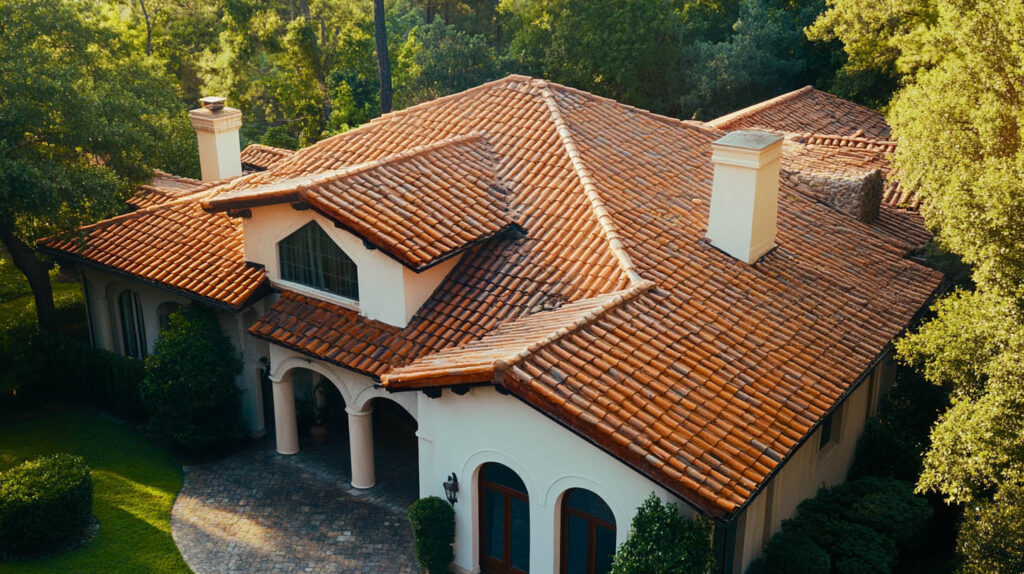
The Impact of San Diego’s Climate on Tile Roofs
San Diego, CA has a mild climate, but tile roofs can still face challenges. The strong sun, occasional heavy rain, and being close to the coast all lead to natural wear and tear.
By understanding the weather challenges in San Diego, homeowners can choose the right materials. This will help them take protective steps to reduce any possible problems.
Weather-Related Wear and Tear
Tile roofs are usually strong. However, harsh weather can damage them over time. When tile roofs get a lot of sunlight, they can fade. Also, changes in temperature can make the tiles expand and shrink, which might weaken them.
Heavy rain, especially if it’s blown by the wind, can test how well the roof keeps out water. A well-installed roof should handle water well, but strong rains can find weak spots. This shows how important regular maintenance is. It’s vital to fix problems like cracked tiles or damaged flashing.
Keeping your roof safe from bad weather helps it last longer. It also keeps it looking good.
Protecting Tile Roofs from Coastal Elements
Coastal areas have special problems for tile roofs. Salt spray from the ocean can speed up wear and tear. This can cause rust and damage, especially for concrete tiles.
Using a protective coating made for coastal areas can help reduce salt damage. It can also make the life of your tile roof last longer. These coatings create a barrier. They lessen the effects of strong coastal forces, keeping the colors bright and the tiles in good shape.
By taking these simple steps, homeowners in coastal places can enjoy the beauty and durability of their roofs for many years.
Call Us 619-350-1086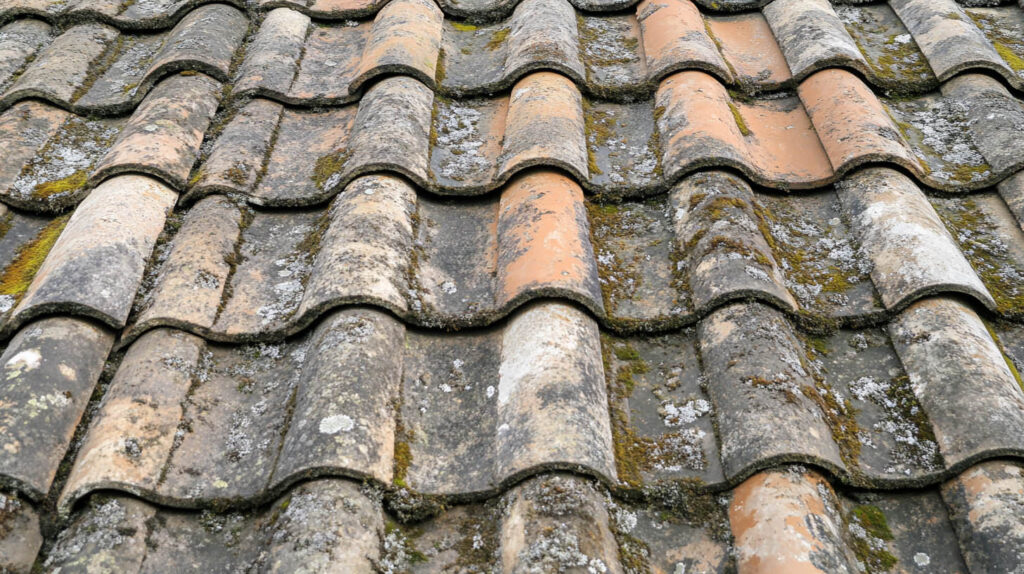
Get a Free Quote Today
In conclusion, understanding how long tile roofs last is important for homeowners, especially when considering our company – Tile Roofing San Diego. The type of material, the quality of installation, and the level of upkeep can greatly affect the lifespan of your roof. Getting it installed by a professional and maintaining it well are important for its durability. It’s also key to think about how San Diego’s climate affects tile roofs to ensure they last longer. By fixing common problems quickly and protecting against weather wear, you can help your roof last more years with the expertise of Tile Roofing San Diego. Regular inspections and repairs from our team are essential for keeping your roof healthy. If you want expert help or quotes on roof maintenance, contact professionals from Tile Roofing San Diego.
Read also our blog: DIY Tile Roof Maintenance – What You Can Do and When to Call a Pro.
Frequently Asked Questions
How often should tile roofs be inspected?
To keep your roof in good shape for a long time, plan to have it checked every year by skilled roofers, especially after rough weather. Keeping up with regular maintenance will give you peace of mind and help spot any potential issues early.
Can broken tiles be easily replaced?
Yes, you can often replace damaged tiles one at a time. You do not need to replace the whole roof. Homeowners should fix damaged tiles quickly. This helps avoid further damage to the roofing material and the structure below.
What are the signs that a tile roof needs replacement?
If you see many leaks, a lot of water damage, or serious wear and tear on your roofing material, it could mean your tile roof is at the end of its life. You may need a whole roof replacement, even if you have tried to make your roof last longer.

